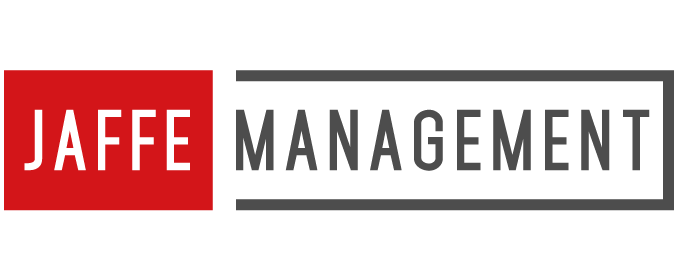08 Jun 2016 Associations in an Election Year
The upcoming presidential election is on everyone’s mind, and rightly so. You’ve probably thought a great deal about what the candidates and their platforms mean for you, your family, and your community, but have you thought about what the election in November means for your association or organization?
First and foremost, the IRS is clear that there is no reason an association or organization should table their fundraising, lobbying, and advocacy efforts during an election year. They do, however, offer guidelines for 501(c)(4) organizations, which are social welfare organizations or local associations of employees of which the net earnings are devoted exclusively to charitable, educational, or recreational purposes. In simpler terms 501(c)(4) organizations are most often created because they allow unlimited lobbying.
501(c)(4) organizations may:
-Engage in political activities, or actions that participate in the electoral process, as long as these activities do not become their sole purpose
-Endorse candidates and spend taxable money on campaigns (though if venturing down this road, make sure to read all of the rules and regulations)
-Participate in an unlimited amount of lobbying, so long as the lobbying is related to the organization’s exempt purpose
-Withhold the identities of donors
It is important to note that, following the Supreme Court’s Citizens United decision in 2010, which allows nonprofit organizations the ability to more freely spend money on candidate-related political activity, the IRS has sought increased regulations on 501(c)(4) organizations and their political efforts. However, the FY2016 spending bill, passed in December of last year, prohibits it from doing so. IRS Commissioner John Koskinen has indicated that the IRS will continue working toward increasing regulations on political activities for 501(c)(4) organizations.
So, how does an association leverage an election year to further their outreach efforts? Experts suggest that a great way to do it is to engage with platform committees, who are ironing out their party’s stance on important issues. You might also write editorials and attend campaign events in order to share your message. Savvy association leaders will also look to politicians for tips on how best to capture an audience. Today’s candidates are using social media and grassroots efforts to galvanize their audiences in innovative ways.
One final thing to know is that a study of the 2012 election by Blackbaud, a leading supplier of software for nonprofit organizations, suggests that political giving during an election year does not suppress charitable giving. According to the study, in fact, people who supported a national election campaign were slightly more likely to give to charitable organizations during that same year. Likewise, a more recent study by Durham+Company, a marketing and fundraising company, reports that nearly 8 out of 10 donors said they would give the same amount or more to charities in 2016. No matter the election outcome, we can all agree that this is good news!


